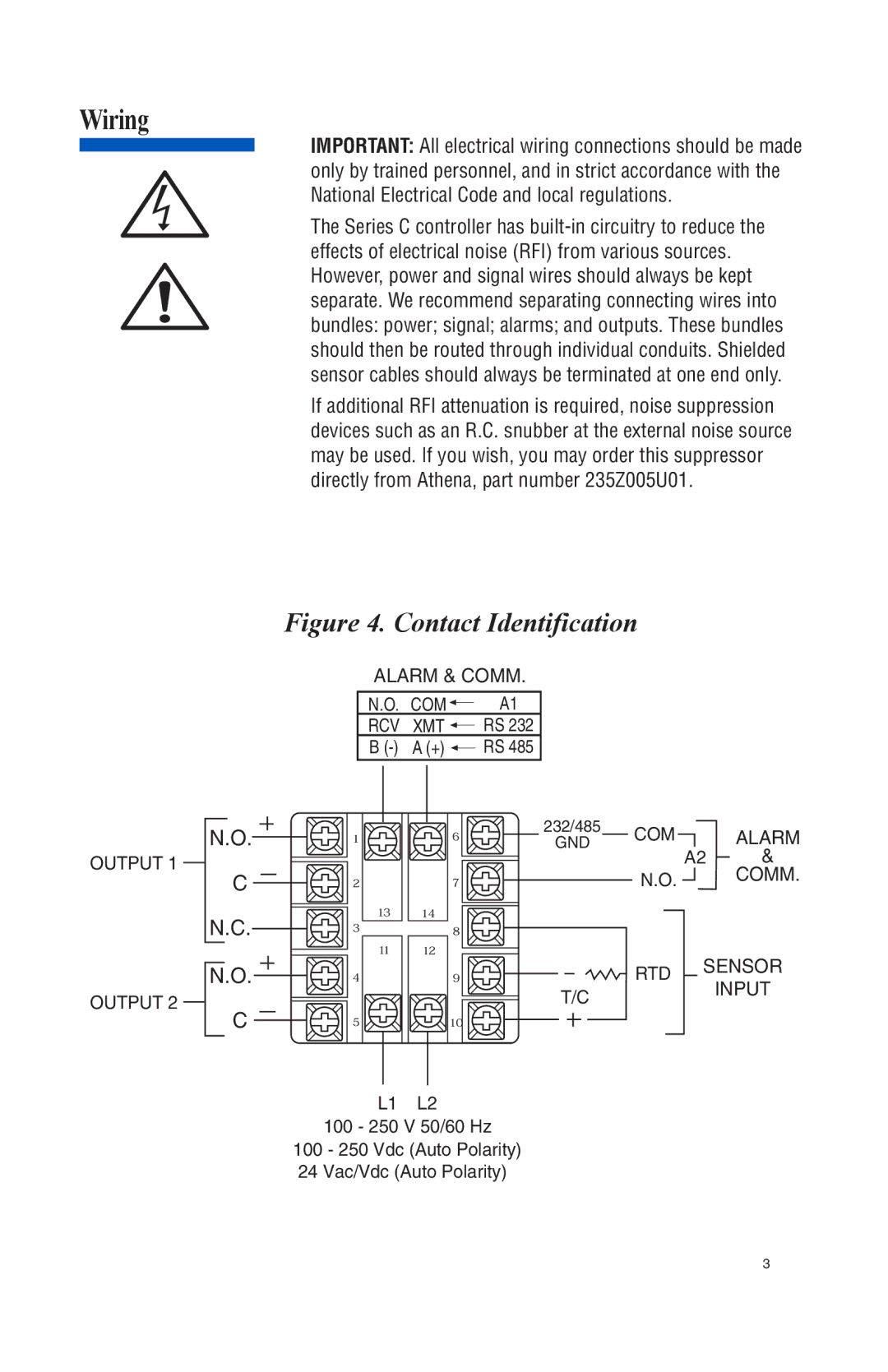16C specifications
Athena Technologies is making waves in the aerospace and defense industries with its latest innovation, the Athena Technologies 16C. This advanced system is designed to provide detailed and accurate guidance, navigation, and control for unmanned aerial vehicles (UAVs) and other applications requiring precise positioning and situational awareness.At the core of the Athena Technologies 16C is its state-of-the-art inertial navigation system. Utilizing a combination of accelerometers, gyroscopes, and advanced sensor fusion techniques, the 16C achieves exceptional accuracy even in challenging environments where GPS signals may be weak or nonexistent. This capability is crucial for military operations and search-and-rescue missions where precision is paramount.
One of the standout features of the 16C is its integrated multi-sensor environment, which includes not only traditional inertial sensors but also GPS, magnetometers, and barometric altimeters. This robust multi-sensor fusion system leverages cutting-edge algorithms to minimize errors, enhance reliability, and provide continuous position tracking regardless of external conditions. The flexibility of the sensor suite allows for easy integration into various platforms, whether fixed-wing, rotary-wing, or even ground-based vehicles.
Furthermore, Athena Technologies has prioritized ease of use with the 16C. The system comes equipped with intuitive software that simplifies mission planning and vehicle control. Users can easily adjust parameters, visualize data, and receive real-time feedback during operations, enhancing overall mission effectiveness. The user interface is designed to be user-friendly, catering to both experienced operators and newcomers to UAV technology.
Another notable characteristic of the Athena Technologies 16C is its rugged design, built to withstand harsh environmental conditions. This durability makes it suitable for deployment in diverse terrains and climates, ensuring reliable performance under even the most demanding situations. The system is lightweight yet robust, contributing to the overall efficiency and performance of unmanned systems.
Lastly, Athena Technologies emphasizes safety and security with the 16C. Advanced encryption methods safeguard the data transmitted between the system and ground control, ensuring that sensitive information remains protected from potential cyber threats. This commitment to security is crucial for military applications where data integrity is non-negotiable.
In conclusion, the Athena Technologies 16C stands out as a game-changing solution in the fields of guidance, navigation, and control. Its advanced multi-sensor capabilities, user-friendly interface, rugged design, and emphasis on security make it an essential tool for a wide range of applications, from military operations to commercial UAV usage. As technology continues to evolve, the 16C is poised to play a significant role in shaping the future of unmanned systems.

